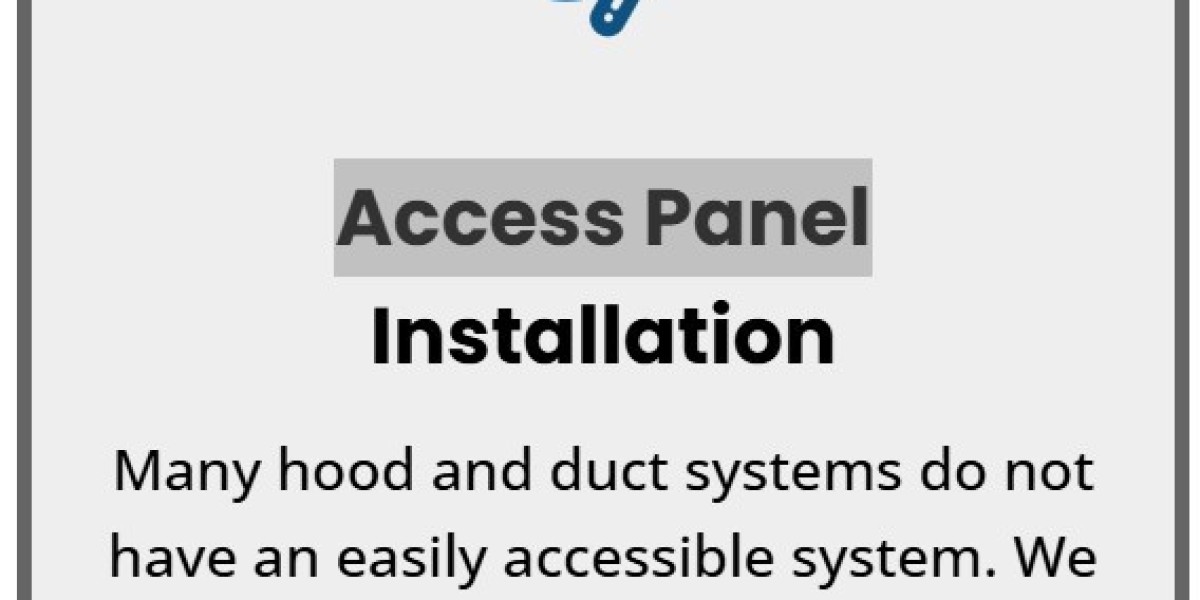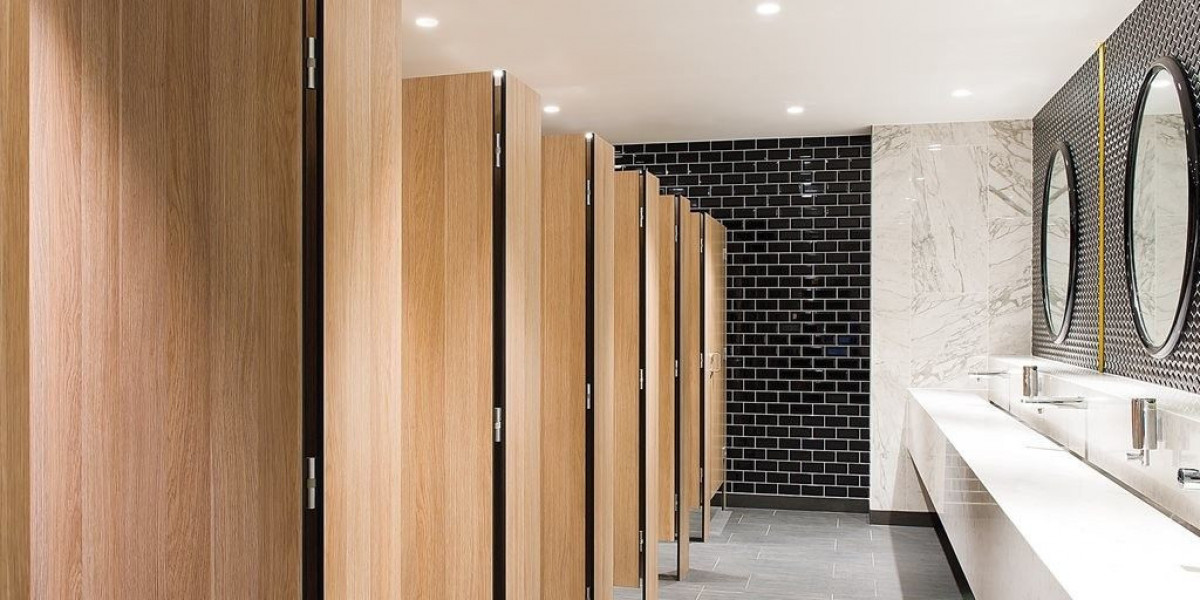Why Commercial Kitchens and Facilities Need Better Access
Installing an access panel might not sound like a top priority, but it can save time, money, and effort. In high-traffic kitchens, HVAC systems, and plumbing setups, equipment needs regular maintenance. Without proper access, even small fixes can become big challenges.
Kitchen managers, hotel maintenance teams, and healthcare facility operators often struggle with hidden ducts or pipes. When those areas are hard to reach, routine tasks turn into time-consuming projects. That’s where access panels come in. They offer a simple, reliable way to reach essential components.
What Is an Access Panel?
Simple Design, Big Function
An access panel is a door or cover that allows entry to concealed spaces. These may include ductwork, wiring, or plumbing. Panels can be installed in walls, ceilings, or floors. They’re used in commercial kitchens, schools, hospitals, and anywhere frequent maintenance is required.
Different Types for Different Jobs
There are various types, including:
General-purpose panels
Fire-rated panels
Drywall-flush panels
Duct access doors
Each type suits a different environment and requirement. Choosing the right one ensures both safety and efficiency.
Key Benefits of Installing an Access Panel
1. Faster Maintenance and Repairs
Technicians often lose time locating system components. Access panels cut that time significantly. Quick access means less downtime, which is vital in a busy kitchen.
2. Reduced Damage to Walls or Ceilings
Without a panel, staff may have to cut into surfaces to reach the problem. This causes damage and cleanup. An access panel prevents this by offering a built-in entry point.
3. Safer Work Environment
Panels help reduce the risk of accidents during maintenance. Workers avoid makeshift openings or unstable ladders. Instead, they use secure and predictable entry points.
4. Better Code Compliance
Many building and fire codes recommend or require access to ventilation and electrical systems. Installing an access panel helps meet those requirements and pass inspections.
5. Cost Savings Over Time
Avoiding unnecessary repairs to walls or ceilings saves money. Also, quicker fixes reduce labor hours. Over time, these savings add up significantly.
Where Should You Install Access Panels?
Ductwork and HVAC Units
Ventilation systems often require regular cleaning and inspection. Access panels allow easy entry to ducts, especially in restaurant hood systems.
Electrical and Plumbing Systems
Wires and pipes behind walls or ceilings should remain accessible. Panels let workers inspect, repair, or replace parts without demolition.
Grease Ducts and Hoods
In commercial kitchens, grease builds up quickly. Access doors in ductwork make it easier to clean and maintain these areas. That helps reduce fire risk.
Utility Rooms and Service Areas
Install panels where utilities connect or where shut-off valves are located. That simplifies emergency maintenance.
How to Choose the Right Access Panel
Consider the Environment
Will the panel be exposed to heat, moisture, or chemicals? For kitchens, stainless steel panels resist corrosion and are easier to clean.
Match the Panel to the Wall or Ceiling Type
Choose panels that match drywall, tile, or drop ceilings. Flush-mounted panels offer a clean look, while removable doors offer more space.
Think About Security
In sensitive areas, lockable panels protect against tampering. This is important for electrical panels in schools or hospitals.
Size Matters
Panels must be large enough to let technicians work comfortably. Too small, and they won't serve their purpose.
Common Mistakes When Installing Access Panels
1. Choosing the Wrong Location
Placing the panel too far from the component it serves adds hassle. Always install it as close as possible to the access point.
2. Not Following Fire Safety Codes
Certain systems, like grease ducts, require fire-rated panels. Using the wrong type can lead to code violations and safety risks.
3. Skipping Professional Help
Poorly installed panels may fall, leak air, or be difficult to use. Always consult experienced installers to get it right the first time.
Maintenance Teams Rely on Good Design
In high-demand environments, every minute counts. Maintenance workers need tools that help them do their job faster and safer. Access panels support this goal. They're not just about convenience—they're about smarter facility management.
When you reduce barriers to basic upkeep, everything runs better. Equipment lasts longer, energy bills go down, and staff waste less time.
How Access Panels Help Meet NFPA and Health Standards
In commercial kitchens, the NFPA requires regular grease duct cleaning. Without access doors, it's almost impossible to meet this standard. Installing the right panels simplifies compliance.
Health inspectors also check for easy access to systems. A facility with panels shows it's built with maintenance and safety in mind.
Mid Atlantic Hoods: Supporting Safer Kitchens
Mid Atlantic Hoods provides solutions that improve kitchen safety and hygiene. For kitchens needing duct cleaning and access upgrades, the right design matters. Their team understands the real-world challenges facility managers face every day.
Final Thoughts
Installing an access panel is a simple decision that brings lasting benefits. It supports routine care, prevents damage, and helps you stay compliant with fire and safety codes.
If you're managing a busy kitchen or commercial facility, these panels can make daily tasks easier. They're not a luxury—they're a necessity. Start planning smarter maintenance by choosing access points that work with your space, not against it.
Long-term maintenance is only as good as your access. Make it count.








